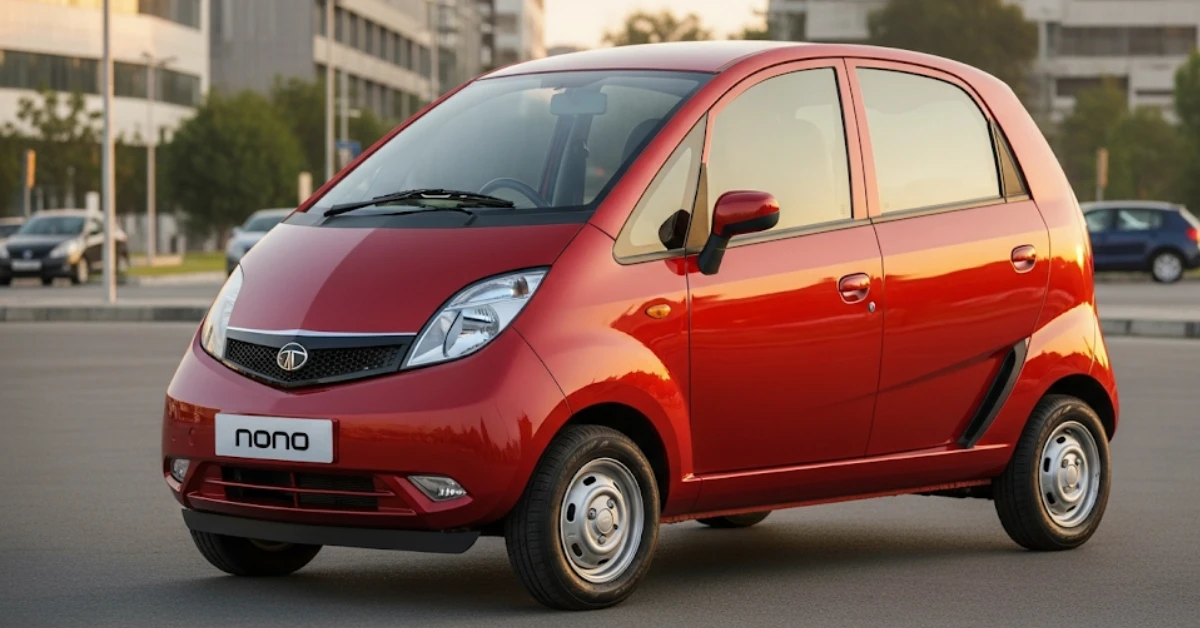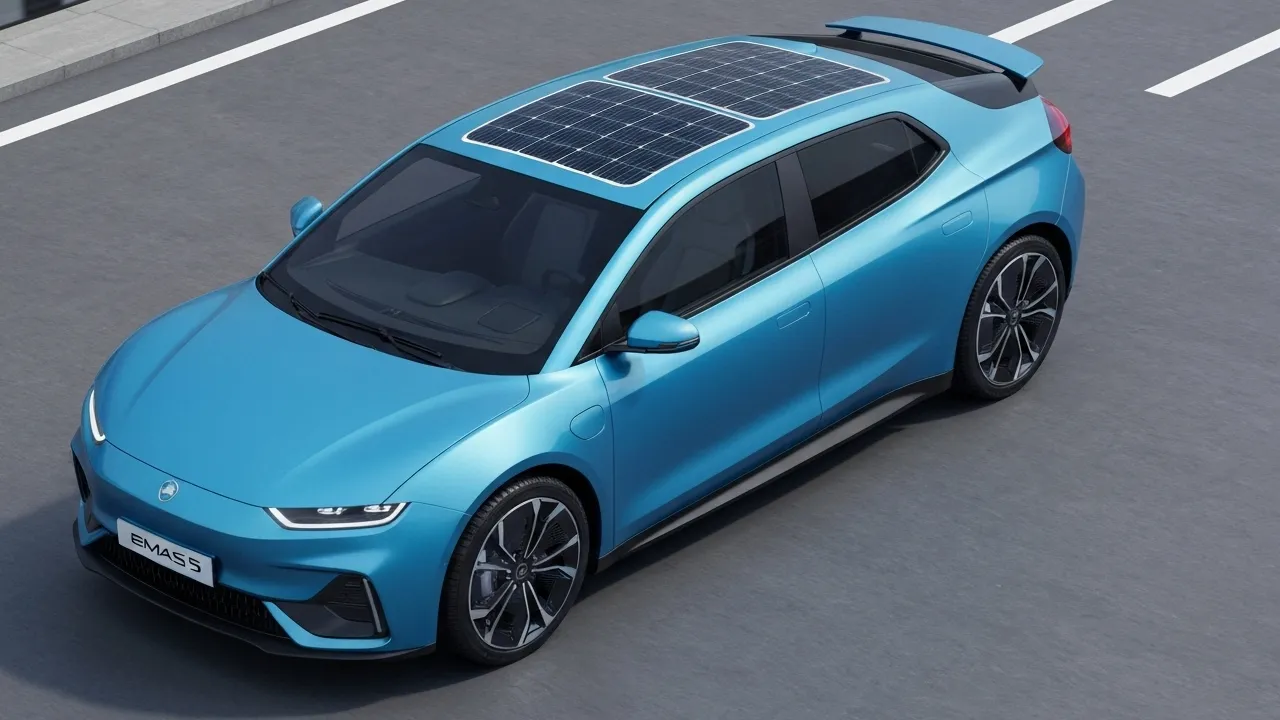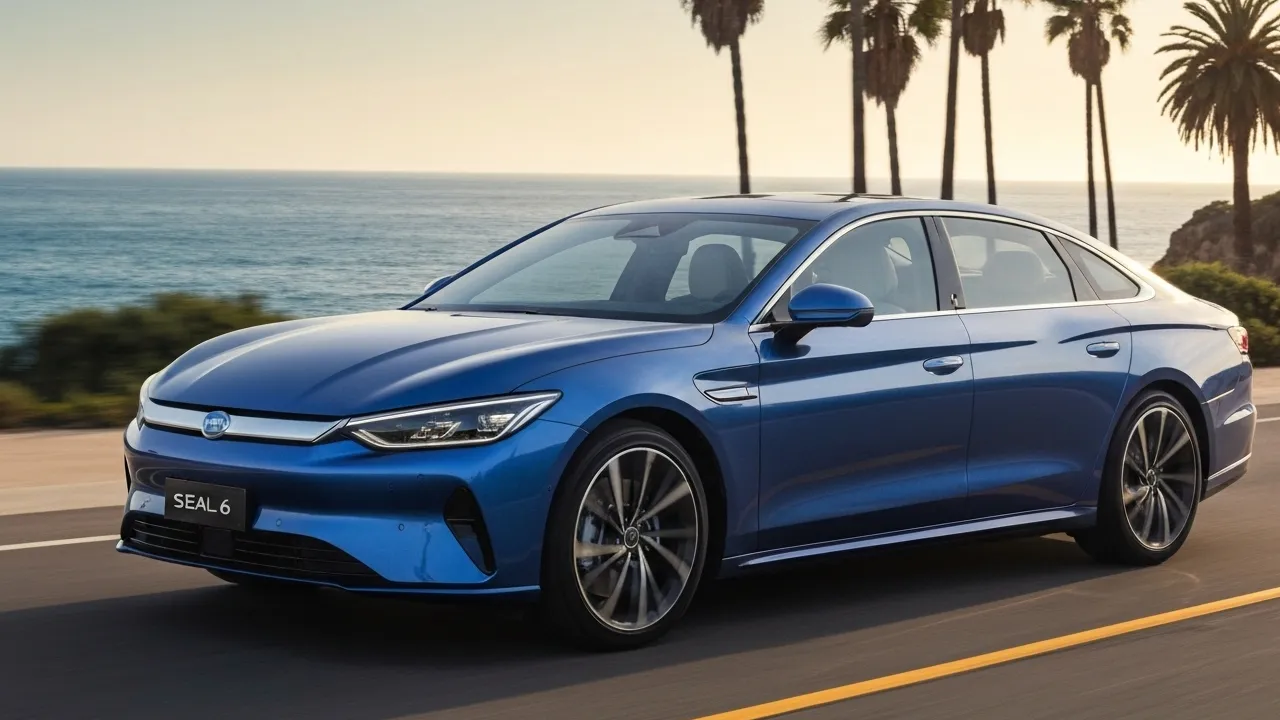The Tata Nano city car burst onto the scene back in 2008 as the world’s cheapest production car, designed to make four-wheeled mobility accessible to millions in India who were stuck with scooters or bikes. It’s exciting because it represented a bold engineering feat—packing basic transportation into a tiny, affordable package that could zip through crowded city streets without breaking the bank. Perfect for first-time car owners, urban commuters, or anyone looking for a no-frills vehicle to dodge traffic in bustling metros like Mumbai or Delhi.
Key Features
As someone who’s followed tech and gadgets for years, I see the Tata Nano city car almost like a minimalist smartphone—stripped down to essentials but clever in its way. It wasn’t loaded with fancy tech, but its features focused on practicality for everyday city life. Here are the standout ones that made it tick.
Ultra-Compact Dimensions
The Tata Nano’s biggest draw was its pint-sized body, measuring just about 3.1 meters long and 1.5 meters wide, with a wheelbase of 2.23 meters. This made it a breeze to park in tight spots or weave through chaotic Indian traffic—think squeezing into that last parking slot outside your office or navigating narrow colony lanes. For city dwellers tired of battling congestion, it meant less stress and more time saved, almost like having a scooter but with the protection of a roof and doors.
Impressive Fuel Efficiency
Powered by a tiny 624cc two-cylinder petrol engine, the Nano delivered around 25 km/l on highways and about 20 km/l in city conditions, which was stellar for its era. Real-world benefits? You could fill up the 24-liter tank for peanuts and go weeks without another petrol pump visit, ideal for budget-conscious folks commuting short distances. I remember friends using it for daily office runs, saving hundreds on fuel compared to thirstier hatchbacks—it’s like the energy-efficient mode on your phone that extends battery life without compromising basics.
Rear-Engine Layout for Better Space
Unlike most small cars, the Nano had its engine at the back, freeing up front space and giving it a surprisingly roomy cabin for four adults despite the compact exterior. This setup improved weight distribution for nimble handling in urban settings, making turns feel light and responsive. In practice, it meant you could load up groceries or a couple of kids without feeling cramped, turning errands into hassle-free trips. As a gadget lover, I appreciate how this clever design maximizes utility, much like foldable phones that pack more screen into a small form.
Basic Yet Functional Interiors
The interiors were no-frills—cloth seats, manual windows, and a simple dashboard with essentials like a speedometer and fuel gauge. But later models like the GenX added perks such as air conditioning, power steering, and even a Bluetooth-enabled music system. For users, this translated to comfortable short drives without distractions, perfect for hot Indian summers where AC was a godsend. It wasn’t luxurious, but it got the job done reliably, reminding me of entry-level earbuds that deliver clear sound without unnecessary bells and whistles.
Low Maintenance and Easy Repairs
With fewer parts and a straightforward mechanical setup—drum brakes all around, independent suspension, and no complex electronics—the Nano was cheap to maintain. Parts were readily available and affordable, often costing less than ₹5,000 for major services. This was a huge win for owners in smaller towns where mechanics aren’t always high-tech; you could fix issues quickly and get back on the road. In my opinion, this reliability made it a smart choice for new drivers learning the ropes, similar to how durable budget laptops hold up for students.
Eco-Friendly Credentials
The small engine meant lower emissions, and variants like the CNG emax offered even greener bi-fuel options, reducing your carbon footprint in polluted cities. It complied with Bharat Stage IV norms at the time, making it a step up from two-wheelers spewing fumes. For environmentally aware commuters, it provided an entry point to cleaner driving without the premium price tag—think of it as an eco-mode gadget that helps you go green affordably.
Price, Variants & Availability
The Tata Nano city car started at an unbeatable ₹1 lakh for the base model when it launched, but prices climbed due to rising costs, with the last variants ranging from ₹2.05 lakh to ₹2.97 lakh ex-showroom by 2018. It came in several trims: the entry-level XE, mid-range XM and XT, automated manual transmission options like XMA and XTA, and the eco-focused CNG emax. Sadly, production stopped in 2018, so new units aren’t available anymore—Tata Motors discontinued it after low sales. If you’re interested, check the used car market on platforms like CarDekho or OLX, where well-maintained ones go for ₹50,000 to ₹1.5 lakh depending on condition and mileage. As for rumors of an electric revival, nothing official has been announced yet, but whispers suggest a possible Tata Nano EV in the future—stay tuned, but don’t hold your breath.
Final Thoughts
Looking back, the Tata Nano city car was a game-changer in concept, proving that innovation could bring car ownership to the masses with its affordability, efficiency, and city-smart design. It’s ideal for budget-savvy urbanites or families needing a secondary vehicle for quick hops, though its basic safety and stigma as a “cheap” car held it back. Overall, I have a soft spot for it—it’s like that underrated gadget that didn’t catch on but nailed the basics brilliantly. If you’re hunting for economical wheels today, it still holds value in the pre-owned space, reminding us that sometimes simple is best. What do you think—would you drive a Nano in 2025’s EV-dominated world? Drop your thoughts in the comments!

Hi, I’m Ricky, the founder of OKSociety.in. I’m a tech enthusiast with a deep passion for smartphones, mobile technology, and everything that makes our digital lives smarter. I started OKSociety to share honest reviews, the latest phone updates, and practical buying guides to help people make better choices in this fast-paced tech world.







